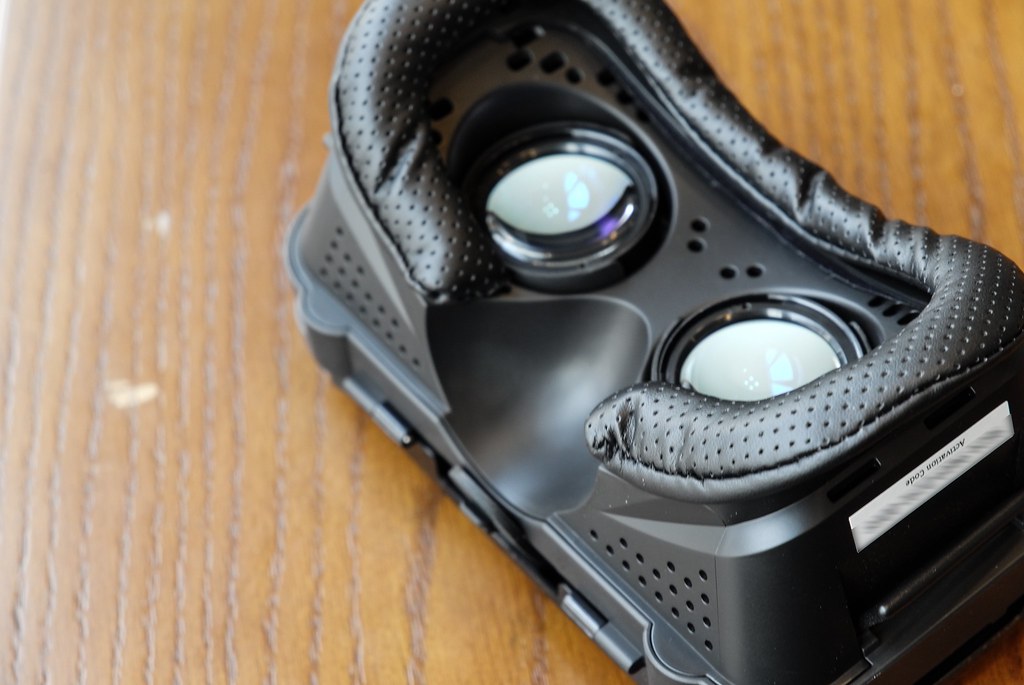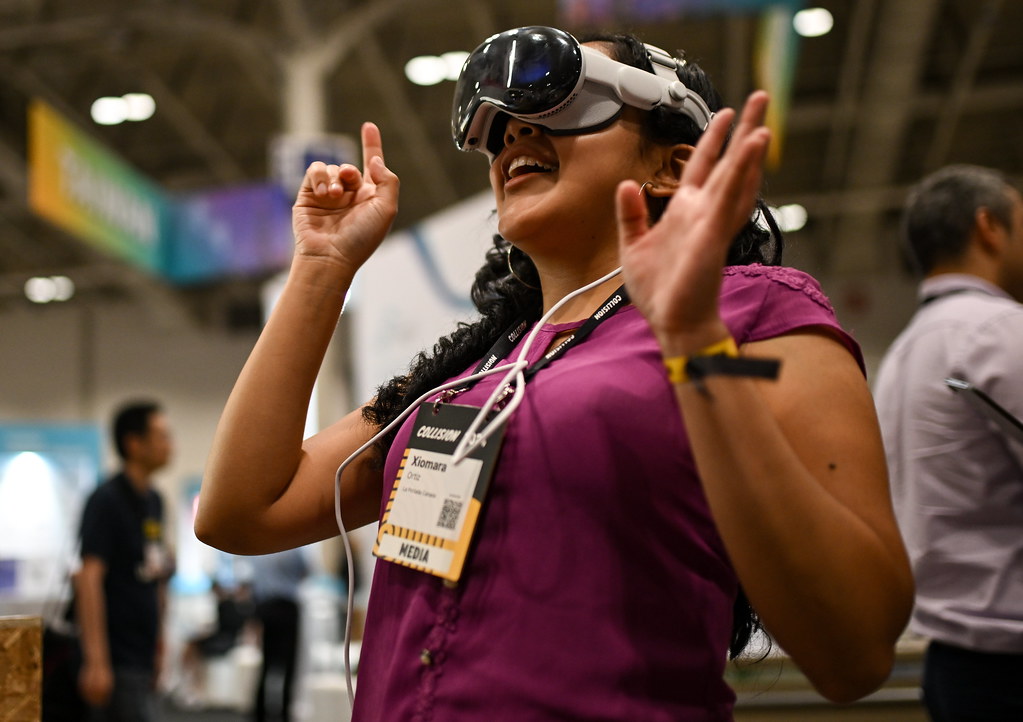Augmented and virtual reality technology has become some of the most celebrated technology of the 2020s, but it’s still yet to really reach the mainstream. As much potential as these systems offer, they don’t feature any killer apps to drive millions of sales, and this doesn’t seem like it’s going to change quickly.
With that said, many uses for AR and VR are overlooked, and music is one such area. The untapped and underappreciated potential these systems offer in the musical landscape is enormous, and it’s worth taking seriously for those interested in tech.

Base Potential of AR and VR Headsets
Before looking at what AR and VR can do in music, it’s worth noting that it can also be integrated with practically any existing use of screen technology. Consider a basic and common example in entertainment, like playing scratchcards instant wins. These titles like Cash Pong and Yahtzee Instant Tap are designed to work on any browser on mobile and desktop, and since browsers are available in AR/VR they would work here too. The same is true for streaming video, work, and many other uses, so adopters of AR/VR don’t need to feel pigeonholed while they wait for better music-based programs to arrive.
Into a World of Music
The current implementation of musical systems into VR is best illustrated by possibilities in listening to music. Virtual reality concerts provide fantastic opportunities for fans to immerse themselves in a scene, ignoring the limitations that apply to going to a show physically. A virtual concert doesn’t imply ticket costs, travel costs, work delays, disability concerns, or any other issues that have stopped so many of us from seeing what we want.
With more modern filming technology, it’s also possible to stream live concerts instead of relying entirely on pre-recorded footage. You could see Glastonbury as the big events took place, taking part in unexpected developments and twists. Of course, it wouldn’t quite match up to the atmosphere of being there in person, but it’s still a great substitute that beats going without.
Augmented reality, on the other hand, could be better suited for learning music and practising with a band. With a cutting-edge AR setup, you could stream a teacher or members of your band directly into your physical space. Again, this would offer profound advantages in convenience, letting you learn and practice even a thousand miles away.
The issue with this approach is, that while AR is already capable of these feats, it’s a little more complicated to set up. Still, with costs lowering by the year, such an approach will realistically soon be within our reach.

It might take a few more years to reach the mainstream, but the advantages of AR and VR in the musical space are too significant to be ignored forever. Within just a few years, don’t be surprised to see these approaches increasingly utilised as an accepted part of the creative and appreciation process. You might not need to run out and invest just yet yourself, but it is something to keep an eye on in the future.




